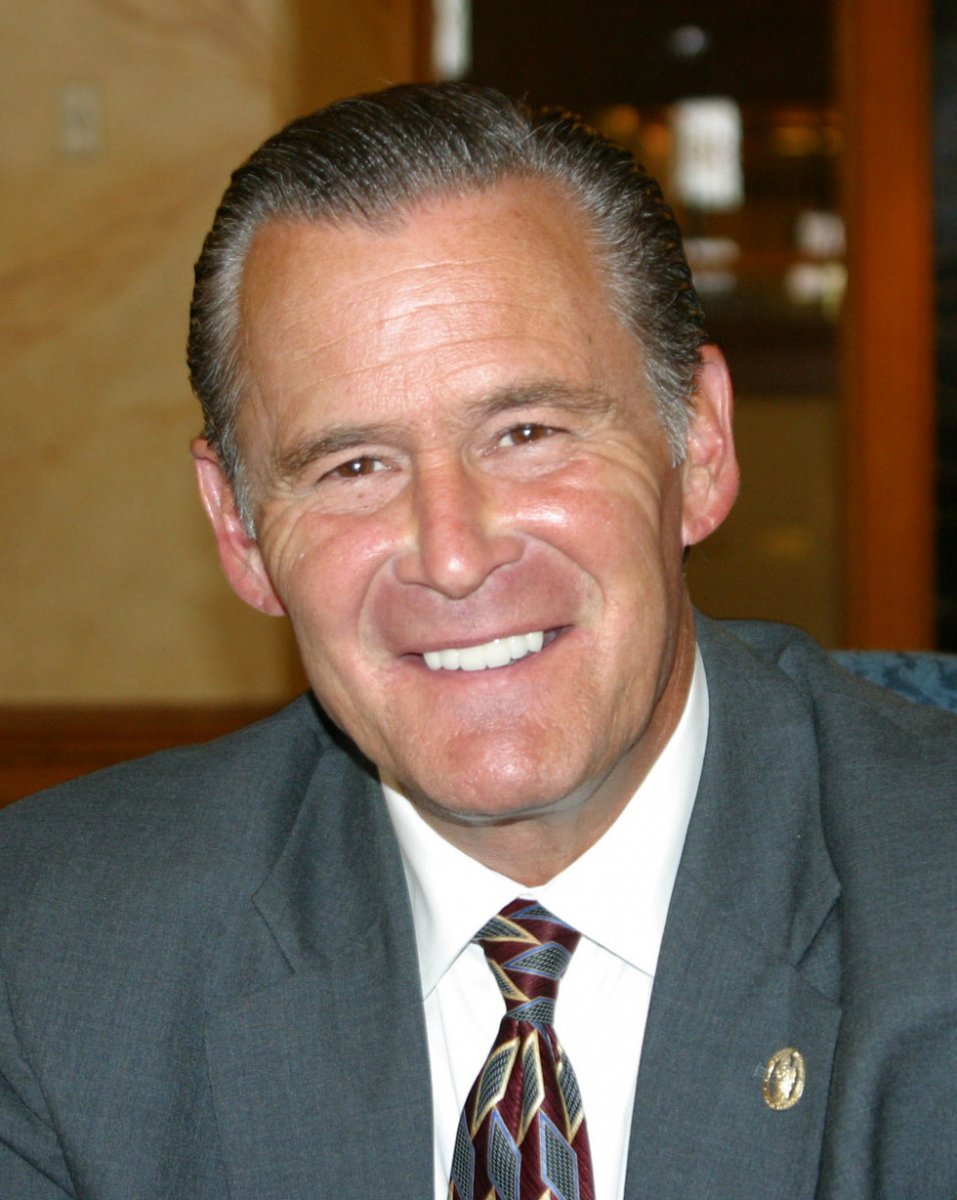Council Needs to Direct Resources Toward Citizen/Community Priorities: Our Neighborhoods
Statement from Aldermen Bob Donovan and Mark A. Borkowski May 23, 2019
Like most Milwaukee residents, by now you have probably heard that Mayor Barrett is proposing three new streetcar extensions (and he wants one of them fast-tracked and completed by the 2020 DNC National Convention), and he plans to pay for them using TIF (tax incremental financing) money. What you may not know is where that money comes from and what it is supposed to be used for — and that may indeed be precisely what the Mayor is counting on.
The State of Wisconsin Department of Revenue’s 2019 Tax Incremental Financing manual states:
“Wisconsin adopted TIF legislation in 1975 to eliminate blighted areas in urban neighborhoods”.
What this legislation allows for is for municipalities to borrow money for use in a variety of ways in blighted areas to act as a catalyst to spur development by the private sector. Then the additional property taxes collected on these new developments (as well as the additional taxes collected from the increased assessments attached to current properties in the District) are used to pay back the initial loan.
How did we ever get from such sound principles behind such a worthy goal to Mayor Barrett’s streetcar extension proposal which uses five TIFs?
Although it is true that the state statute authorizing TIF districts has expanded a bit over the years to include things like environmental remediation and even mixed-use development, the spirit behind this legislation remains the same – to eliminate blighted areas in urban neighborhoods.
Even if these areas were blighted, though, how does Mayor Barrett imagine the mere extension of a streetcar, built for and ridden by a few, will “eliminate” blight? Our Downtown is blessed with an economic renaissance that hasn’t been seen in decades, and many of the developments whose tax dollars have now been grabbed up by the TIF were either completed or in the works for years before the streetcar plans and routes were even finalized.
And as for the Mayor’s claims that the streetcar is spurring new development, a claim repeated by his representatives in their appearance before the Zoning Neighborhoods, and Development Committee just this Tuesday, according to a recent study by the Badger Institute, all of the downtown development that has occurred along the streetcar route would have happened with or without the streetcar; only now that additional property value – the increment — will not be released.
https://www.badgerinstitute.org/Diggings/Spring-2019/The-Hops-influence-is-a-flop.htm
The Hop’s influence is a flop – badgerinstitute.org
And what about those urban neighborhoods TIF districts were supposed to benefit? Who speaks for them if the Common Council will not? Who will suggest that TIF dollars could be put to far better use in our neighborhoods if the Common Council does not?
Why not TIF districts – five seems like a good number – on the North and South Sides dedicated to tearing down the abandoned homes that are a real blight on so many areas, cleaning the resulting sites, and offering them to prospective homebuyers?
Why not TIF districts to rebuild our streets, fix our sidewalks, pave our alleys, and replace our ancient street lighting infrastructure?
Why not TIF districts to make our neighborhoods safer and more orderly with better design, better lighting, and as a result, exciting new development? Why not match this with public-private partnerships and grants to bring beat patrol and bicycle cops to the communities that need them most?
And, yes, why not TIF districts to remediate the lead on the walls and in the pipes that are poisoning so many of our children?
Surely all the creativity and effort that has gone into imagining a tiny extension of the streetcar could be put to these higher, better purposes? It is, after all, what TIF districts were created for.
NOTE: This press release was submitted to Urban Milwaukee and was not written by an Urban Milwaukee writer. While it is believed to be reliable, Urban Milwaukee does not guarantee its accuracy or completeness.
More about the Milwaukee Streetcar
For more project details, including the project timeline, financing, route and possible extensions, see our extensive past coverage.
- FTA Tells Milwaukee to Crack Down on Fare Evasion — Even Where Fares Don’t Exist - Graham Kilmer - Dec 12th, 2025
- Alderman, State Allies Seek Federal Help to Kill the Streetcar - Jeramey Jannene - Oct 28th, 2025
- Streetcar Service Suspended Following Truck Crash - Jeramey Jannene - Oct 21st, 2025
- One Alderman’s Quest To Defund The Streetcar - Jeramey Jannene - Oct 18th, 2025
- Another Streetcar Collision - Jeramey Jannene - Jun 27th, 2025
- Streetcar Hit By Apparent Red Light Runner - Jeramey Jannene - Jun 16th, 2025
- Streetcar Will Run On Consolidated Route During Summerfest - Jeramey Jannene - Jun 11th, 2025
- City Hall: Milwaukee Must Replace Failing Streetcar Switches - Jeramey Jannene - Feb 24th, 2025
- Streetcar Confronts Limited Funding, Operations Challenges - Evan Casey - Jan 22nd, 2025
- Council Kills Streetcar’s ‘Festivals Line’ - Jeramey Jannene - Jul 31st, 2024
Read more about Milwaukee Streetcar here





















